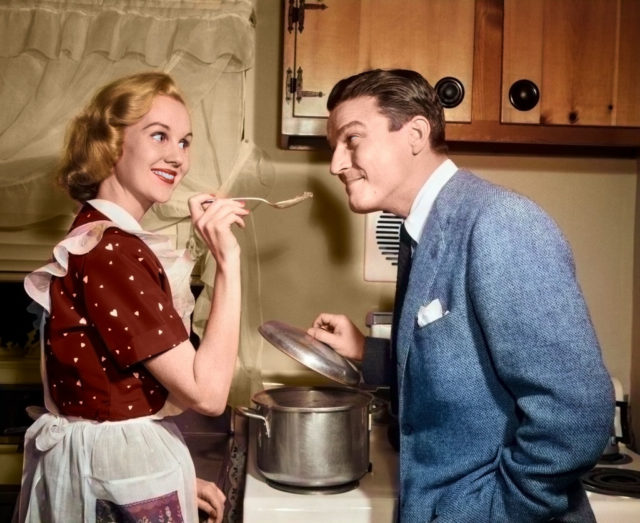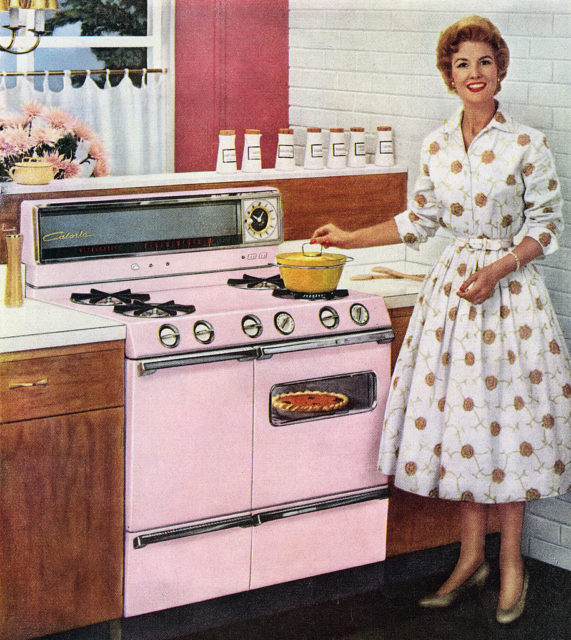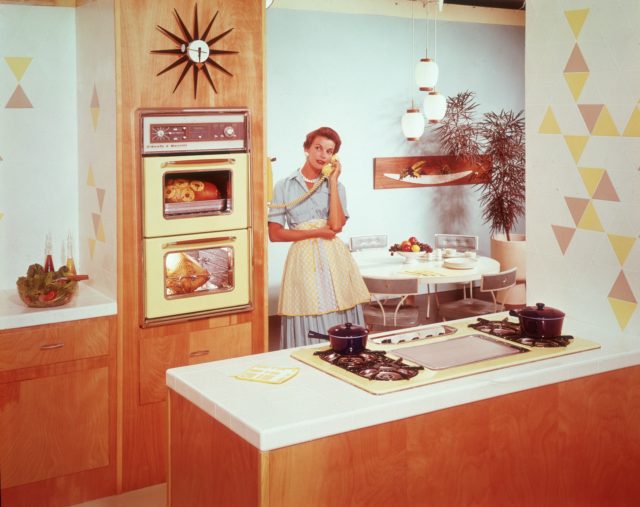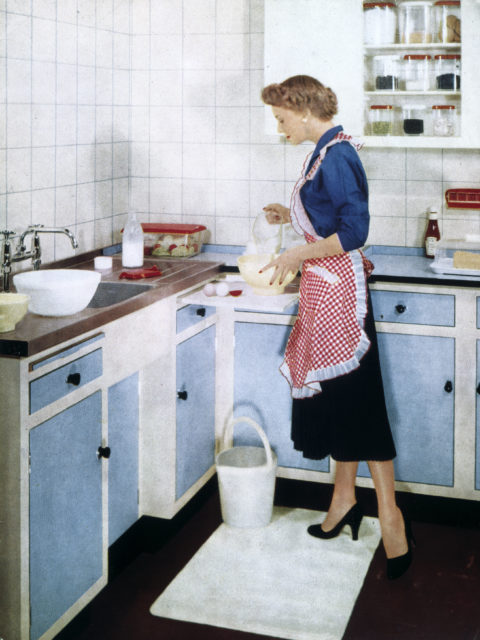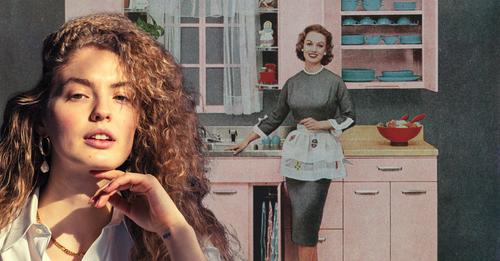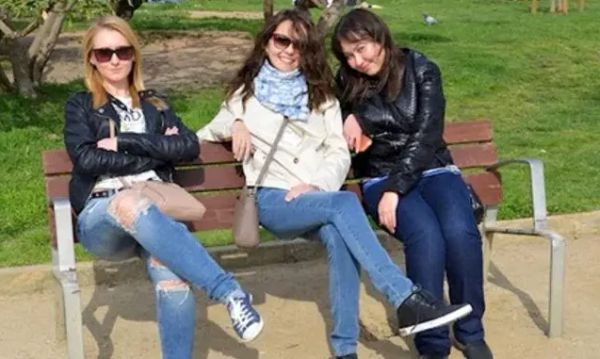There is a subculture of women in America who’ve chosen to adopt the traditional lifestyle of housewives from the 1950s, and they call themselves “tradwives.” The term “tradwife” is short for traditional wife, and represents a group of women who have embraced the lifestyle of white, straight, middle-class women from 1950s America. They are glamorizing a decade from the past without ever having lived through it. This trend has sparked some heated debates in a society that has worked hard to liberate women through the feminist movement.
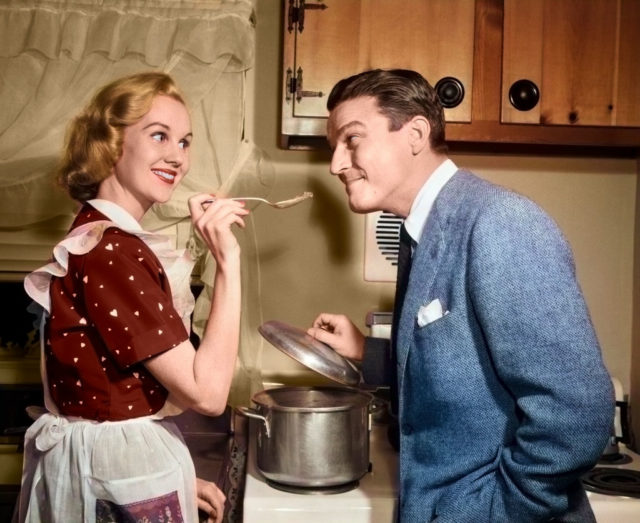
What is a tradwife?
A tradwife is a woman who has chosen to adopt the lifestyle of a 1950s housewife. This includes prioritizing the nuclear family, with men as providers and women as homemakers. Many tradwives also promote a woman’s submission to her husband and have adopted fundamentalist Christian principles. It is important to note that this movement is not exclusively white, as there are women of color who have also chosen the tradwife life for themselves.
While the movement has been around for a few years, it gained widespread exposure in 2020 and has since become a polarizing topic. There is a negative discourse surrounding the term, suggesting that the majority of the population opposes the tradwife movement.
Tradwives are in opposition to the modern feminist movement
The tradwife movement is seen as a direct opposition to the modern feminist movement. Women who identify as tradwives use social media to showcase their alternative lifestyle, which offers a dated perspective on gender roles. They suggest that women are being misled by a feminist movement that, despite liberating them, results in more hardships. The tradwife movement believes that fulfillment can be better achieved by reverting back to a traditional lifestyle.
Some women who have embraced the tradwife lifestyle talk about feeling burnt out by the pressures of pursuing a career and finding balance in their lives. They have chosen to adopt traditional gender roles, particularly in their relationships, as a way to find stability and happiness. It’s important to note that these women believe in having a choice and that women can choose to be homemakers, work, or have a mix of both.
Societal shake-up has caused many to turn to these traditional gender roles
Recent societal changes, such as the COVID-19 pandemic, have led many young women to reconsider the idea of staying at home as a viable life path. The added burden of unpaid domestic labor, combined with trying to balance work and home life, has made the idea of staying home more appealing for those who have the option.
However, it is important to recognize that the decision to become a tradwife comes with its own set of challenges and criticisms. Some argue that it is not a solution to the structural problems in society, such as the lack of childcare, gender inequality in the workplace, and overwork. The tradwife movement blames the feminist movement for these negative aspects of modern women’s lives. They argue that liberal feminism encouraged women to join the workforce, but if the workplace is toxic and makes them sick, then entering the workforce doesn’t feel empowering.
Some women find comfort in defining strict gender roles in a world that feels overwhelming and out of control. It provides them with a sense of empowerment and stability.
Looking back with ‘rose-tinted glasses’
While the core tradwife movement aims to promote their lifestyle in a positive way, there is a fringe group within the movement that has adopted far-right ideologies, including white supremacy. This has further polarized the perception of the tradwife movement.
In times of turmoil and uncertainty, some young women may consider becoming tradwives as a way to find relief from the pressures of society. The slowing economy and financial difficulties faced by young people today can push them to long for a simpler past. However, it is important to note that this romanticized view of the past is often based on a fictitious notion. Those opposed to the movement suggest that women interested in the tradwife lifestyle should speak with real housewives from the 1950s or read books like Betty Friedan’s “The Feminine Mystique” to gain a better understanding of what it was truly like.
The tradwife movement has sparked debates and discussions about the role of women in society. While some view it as regressive, others see it as a valid choice and a reflection of personal values and desires.

